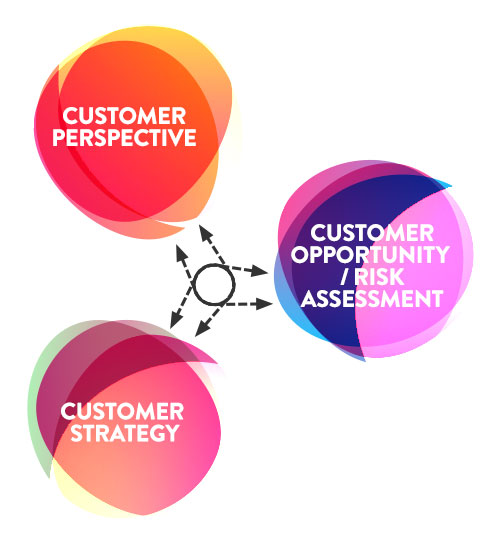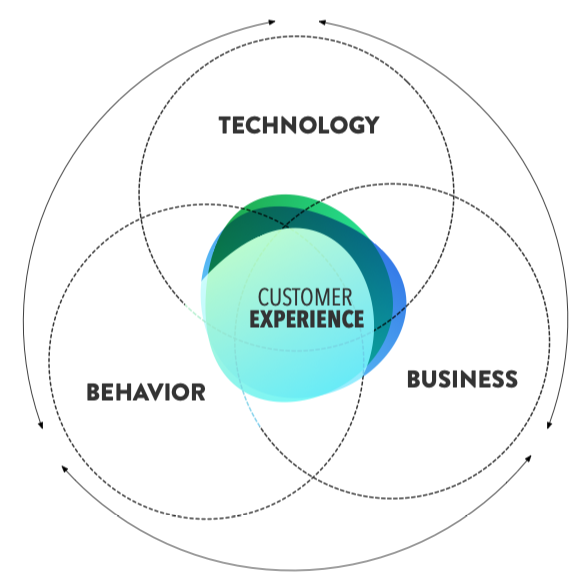Customer Due Diligence
Customer Due Diligence is an investigation into an organization’s customers, market potential and risks.
Using specialized tools to analyze and map the customer’s situation and their motivation for purchase, investment or engagement.
A method designed to look at the organization through the eyes of the customer. To qualify the existing market assessment and identify new drivers for value creation and wealth.
Factoring in new digital opportunities, understanding emerging customer demand patterns and taking into account possible competition from converging industries / asymmetric challenges.








